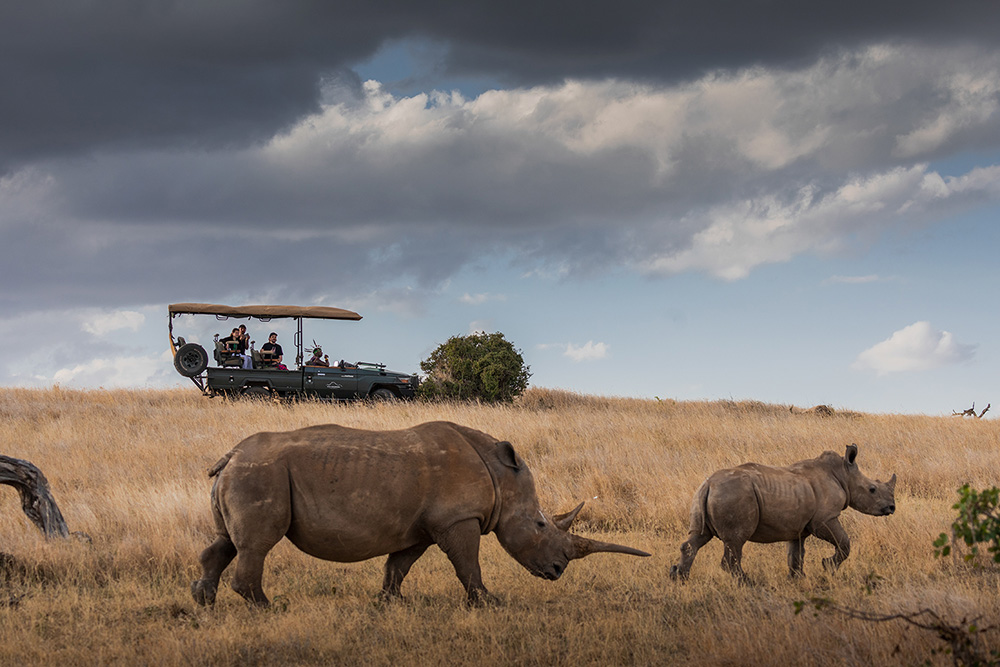Safari Destinations
Witness the Great Migration in the world-renowned Masai Mara National Reserve, where millions of wildebeest and zebras traverse the vast savannah. Marvel at the snow-capped peaks of Mount Kenya or unwind on the pristine white sand beaches along the Indian Ocean. Immerse yourself in the rich cultural tapestry, from the proud Maasai people to the ancient Swahili settlements.
Kenya offers a diverse array of landscapes, wildlife encounters, and vibrant cultures, all waiting to be explored. Embrace the spirit of Africa and create memories that will last a lifetime.
The best times to visit Kenya for a safari holiday generally fall within the country’s dry seasons, which offer excellent wildlife viewing opportunities. However, the specific timing may depend on the attractions and experiences you’re interested in.
Dry season (June to October): This period is considered the best time for wildlife viewing in Kenya, as animals tend to congregate around water sources, making them easier to spot. The Great Wildebeest Migration, one of Kenya’s most famous attractions, typically occurs between July and October, with the herds crossing the Mara River between late August and early September. The dry season also has minimal rainfall, which translates to fewer mosquitoes and a lower risk of malaria. However, this is the peak tourist season, so expect higher prices and more crowded lodges.
Shoulder seasons (January and February): These months offer a short dry spell between the two rainy seasons. The weather is generally warm and dry, and it’s a great time for birdwatching, as many migratory species can be found in Kenya during this time. Wildlife sightings may not be as predictable as during the main dry season, but you can still have excellent game viewing experiences with fewer tourists around.
Rainy seasons (March to May and November to December): While not considered the optimal time for a safari due to unpredictable weather and potential travel disruptions, the rainy seasons can still offer rewarding experiences. The landscapes are lush and green, with many animals giving birth, resulting in increased predator activity. Additionally, there are fewer tourists, and lodges may offer lower rates. However, some camps and lodges may be closed during the heavy rains in April and May.

Discover Kenya
Located approximately 240km (150 miles) southeast of Nairobi, this reserve is renowned for two things: the legendary Super Tusker Elephants and the majestic views of Mount Kilimanjaro towering over the savannah in neighboring Tanzania.
A Super Tusker is a male elephant whose tusks each exceed 100 lbs (45 kg). Such massive tusks typically extend so far that they touch the ground as the elephant walks. These remarkable elephants face perilous lives, as they are persistently targeted by poachers due to the immense value of their tusks. A single Super Tusker tusk, weighing upwards of 50 kg, may fetch around $25,000 – a figure that increases once the tusk has been sculpted.
Venture into the heart of the Maasai Mara National Reserve, a world-class wildlife sanctuary in Kenya renowned for its abundant biodiversity and mesmerizing landscapes. Witness the awe-inspiring spectacle of the Great Migration, where millions of wildebeest and zebras travel across the plains in search of greener pastures. Home to the iconic Big Five, the reserve offers unparalleled game-viewing opportunities in open-sided 4X4s. Discover the vibrant Maasai culture by visiting local villages and learning about their ancient traditions. The Maasai Mara promises an unforgettable adventure, a true testament to the magic of the African wilderness.
Rising 5,199 meters above sea level, majestic Mount Kenya, a UNESCO World Heritage Site, offers hikers a challenging yet rewarding experience. Hike through lush montane forests, alpine meadows, and otherworldly Afro-alpine moorlands, all set against the backdrop of jagged peaks and glistening glaciers. Mount Kenya is not only a haven for hikers, but also a vital water catchment area and home to unique wildlife, such as the elusive bongo antelope.
Copyright © Soul of Africa Travel. All Rights Reserved. Brand Design by Andrea Barras. Website by Nutmeg Studio.